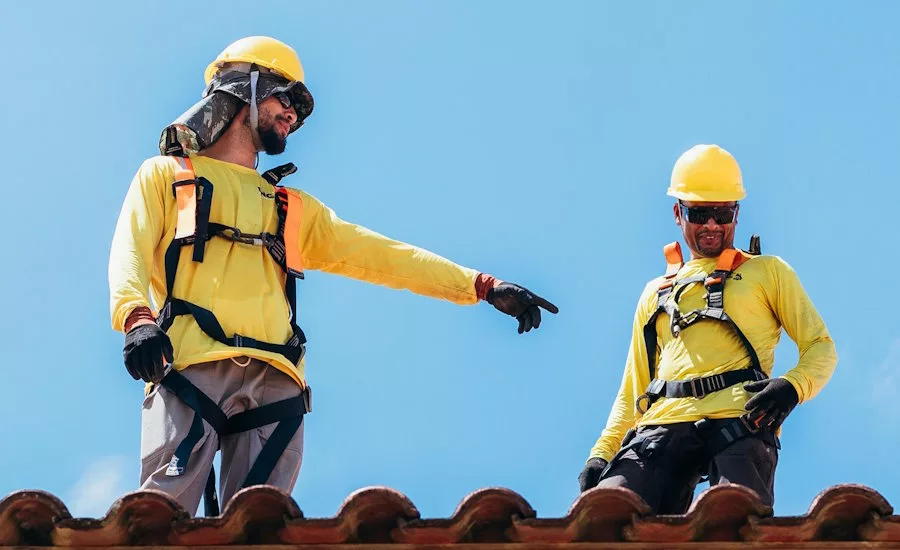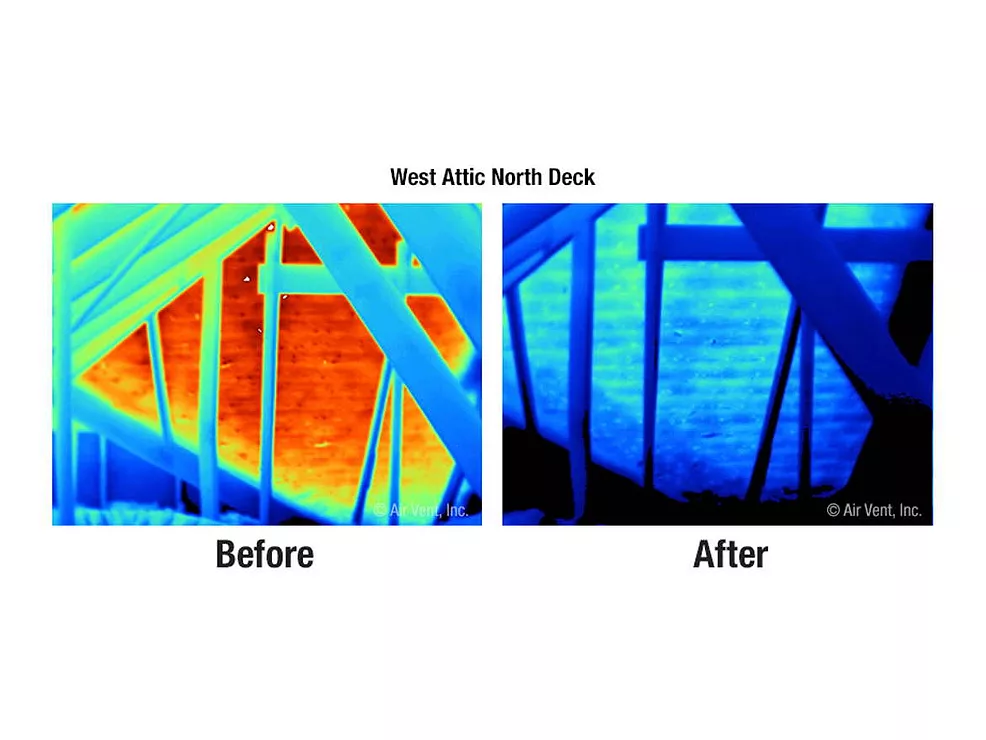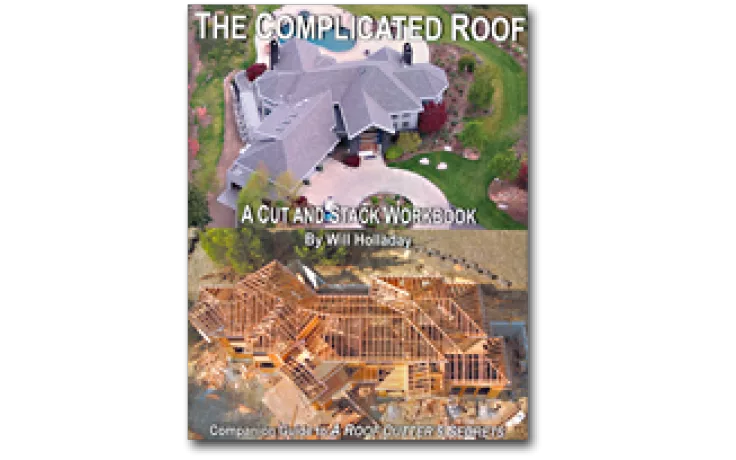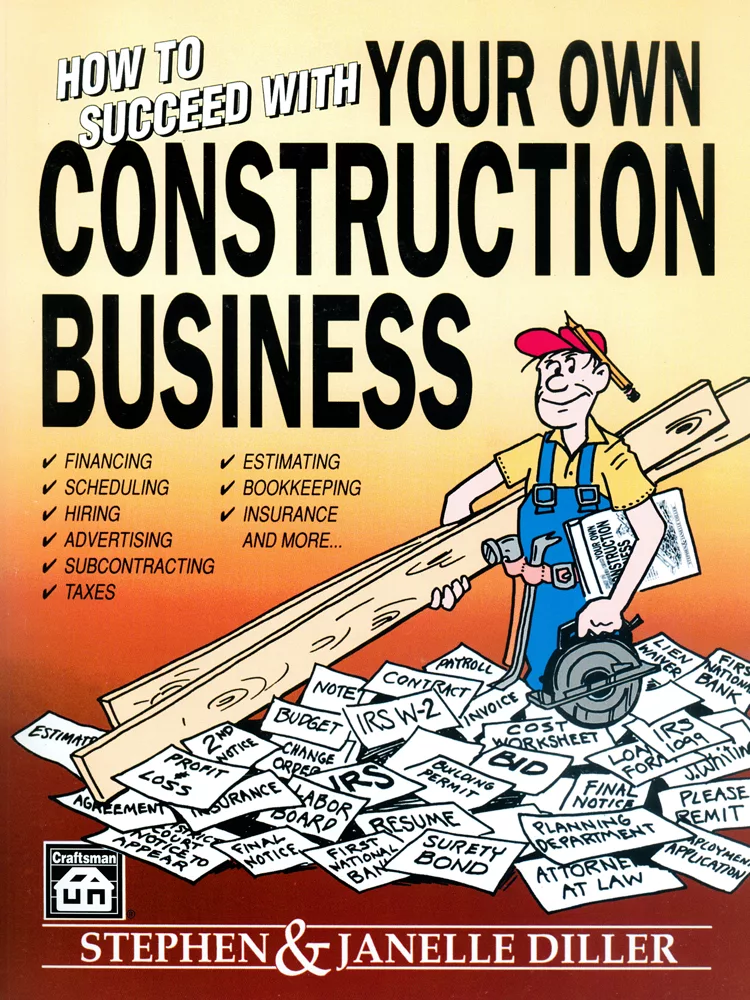Extreme Weather Special Section
How Selling a FORTIFIED Roof Can Boost Profits
COO of Apex Roofing and Restoration shares his company’s experience with FORTIFIED roof sales

After Hurricane Sally ripped through Alabama in 2020, Roy Wright, the CEO of IBHS, said, “It’s easy to tell which homes have FORTIFIED roofs; the ones that don’t are color-coded with blue tarps.”
— Image courtesy of Apex Roofing and Restoration
Differentiating yourself from competitors can lead to increased sales and, as we have found at Apex Roofing and Restoration, one way to distinguish yourself is by selling and installing a FORTIFIED Roof.
Our company has installed over 1,000 FORTIFIED Roofs and we’re arguably the largest installer in the U.S; our business margins have grown by 10% to 20% in that time. We operate from Florida to Colorado and from Illinois to Tennessee.
Our revenue has climbed 10 percent along the Gulf Coast due to selling FORTIFIED Roofs, but FORTIFIED Roofs have value beyond coastal communities — more on that later.
In 2010, the IBHS introduced the FORTIFIED Home program, designed to enhance the wind resistance of homes. As of 2024, the IBHS reports that there are more than 50,000 FORTIFIED homes in the United States.
The growth has come partly from educating property owners, partly from the availability of insurance discounts, and, ultimately, because a FORTIFIED Roof works.
After Hurricane Sally ripped through Alabama in 2020, Roy Wright, the CEO of IBHS, said, “It’s easy to tell which homes have FORTIFIED roofs; the ones that don’t are color-coded with blue tarps.”
Tips on marketing and selling FORTIFIED
Successfully selling a FORTIFED Roof requires, in part, educating property owners about the failure points that lead to roof damage and water intrusion. Not every property owner is inclined to spend the extra money (e.g., 10 to 30 percent higher than the cost of a traditional roof) to install a FORTIFIED Roof.
This product is for a discerning customer, often an engineer, doctor or lawyer. Generally, these are people willing to learn about protecting their investment.
Educating prospective customers can mean sharing video evidence that the FORTIFIED Roof withstands 130-mph winds, EF-2 tornadoes, and, with IBHS-approved impact-resistant shingles, two-inch hail.
A well-prepared salesperson offering an in-home presentation, news articles and customer testimonials often seals the deal.
We have also educated our staff by developing and internally distributing a white paper, so we talk about the construction and benefits of FORTIFIED in the same way.
For a roofer, the added labor cost of constructing a FORTIFIED Roof is minimal. The materials used are somewhat different from those for a traditional roof. For example, FORTIFIED Certified Roofing companies use sealed roof decks, ring-shanked nails, and wider drip edges on homes.
Using 8D ring-shank nails and decreasing the spacing to four inches can double the amount of uplift a roof can take.
According to a 2019 National Institute of Building Sciences report titled “Natural Hazard Mitigation Saves,” researchers found the FORTIFIED Roof designation “...is a particularly cost-effective solution to hurricane hazard mitigation.”
Specifically, for every $1.50 spent on mitigation, approximately $8.60 in benefits was realized, including preventing damage to buildings and contents, as well as the cost of relocating homeowners.
Selling a homeowner on the higher price point of a FORTIFIED Roof is about selling peace of mind.
Most insurers offer two types of deductibles: One is a regular storm deductible, where a homeowner would pay $1,000 to have the property’s roof replaced due to damage from wind well below hurricane-strength. The second type of deductible is a named-storm deductible, which may require the homeowner to pay up to 5% of the home's value to replace a damaged roof. The investment in FORTIFIED could save the homeowner thousands and thousands of dollars.
Benefits stretch inland
For non-coastal areas, there are advantages to a FORTIFIED Roof that roofers can share with potential customers. A 2023 University of Oklahoma study of FORTIFIED Roofs looked at damaging winds like those from tornadoes.
According to the study, the authors concluded that a home with a FORTIFIED Roof would likely withstand a major event and the property owner would not have to pay:
- a deductible;
- increased premiums for a claim, and;
- associated costs incurred by the homeowners when moving out of their home during repairs.
In Alabama, property owners with a certified FORTIFIED Roof can get a 25- to 40-percent discount on the storm portion of their insurance policy.
Louisiana established its FORTIFIED Roof grant program in 2022, and the current legislative session is now considering a $10,000 tax credit for homeowners who voluntarily install a new FORTIFIED Roof on their homes.
In Oklahoma, IBHS reports that insurers offer discounts for meeting FORTIFIED standards, saving property owners up to 42 percent of the wind and hail portion of their premiums.
Other states that offer insurance discounts for FORTIFIED construction include Florida, Georgia, Maryland, Mississippi, North Carolina, South Carolina, and Texas.
With a FORTIFIED Roof, the insurance discount is tied to the house, not the homeowner — another selling point.
Additional Points
A homeowner (or builder) must call on a Certified FORTIFIED Evaluator to inspect the house during the retrofit or building process for a home to earn the FORTIFIED designation certificate.
Quick Read: 5 Takeaways
- Selling FORTIFIED Roofs differentiates contractors and boosts margins: Apex Roofing grew its business margins by 10–20% by focusing on FORTIFIED installations.
- Education is crucial: Teaching property owners about roof failure points and showcasing FORTIFIED benefits (like surviving 130-mph winds) helps close sales.
- Minimal labor cost, major impact: Building a FORTIFIED Roof requires small material and installation adjustments but delivers significant resilience gains.
- Insurance incentives drive adoption: Homeowners can secure large insurance discounts (up to 42% savings) and avoid major deductible costs after storms.
- FORTIFIED benefits extend inland: Beyond coastal areas, FORTIFIED Roofs protect against tornadoes and severe winds, offering financial and safety advantages nationwide.
That designation enables the property owner to receive the insurance discounts mentioned above. To construct FORTIFIED Roofs, a roofing company would need training, which is available through IBHS, to understand the materials and techniques (e.g., achieving a sealed deck with modified seam tape) to withstand hurricane-force updrafts.
The current installation rate for FORTIFIED Roofs suggests that it will become standard across the Southeast and Midwest within five years.
Roofing companies can obtain the FORTIFIED certification by completing a day of IBHS classroom training and passing the associated tests. They can then explain to homeowners the benefits of this type of construction while distinguishing themselves from their competitors.
Through its website, Smart Home America provides continuing education on FORTIFIED, building codes and insurance.
 Project Profile
Understanding Hail
Boosting Profits
Insurance Claims
Fortifying Roofs
Product Focus
Project Profile
Understanding Hail
Boosting Profits
Insurance Claims
Fortifying Roofs
Product Focus
Special Section Sponsored by

Looking for a reprint of this article?
From high-res PDFs to custom plaques, order your copy today!








